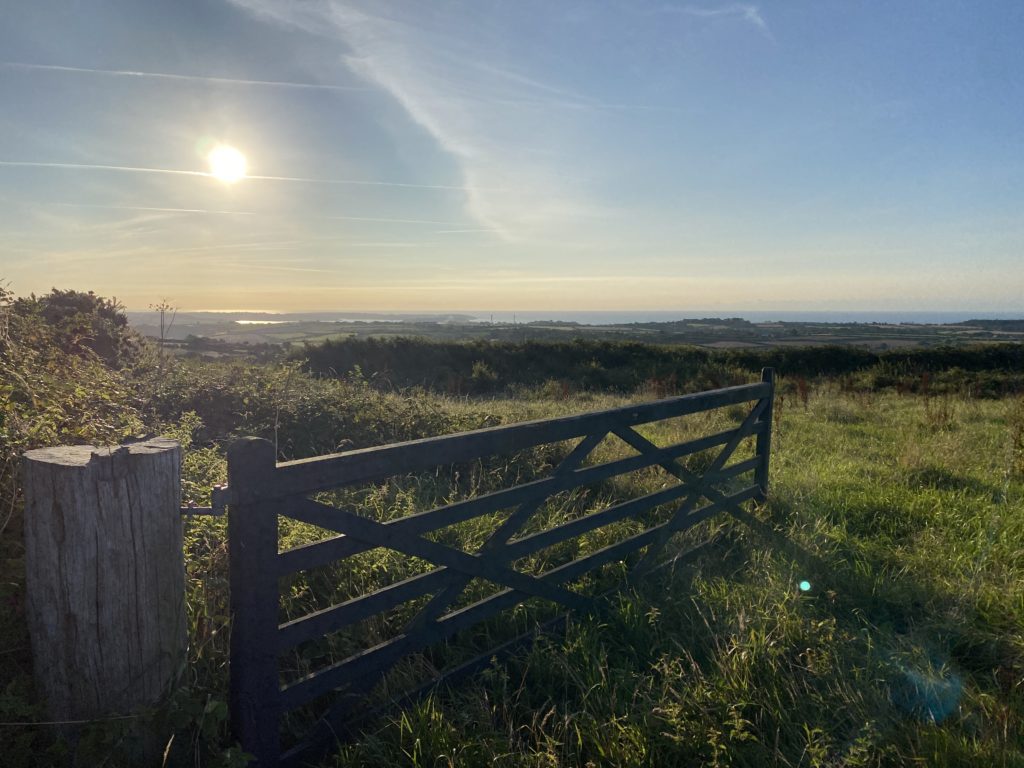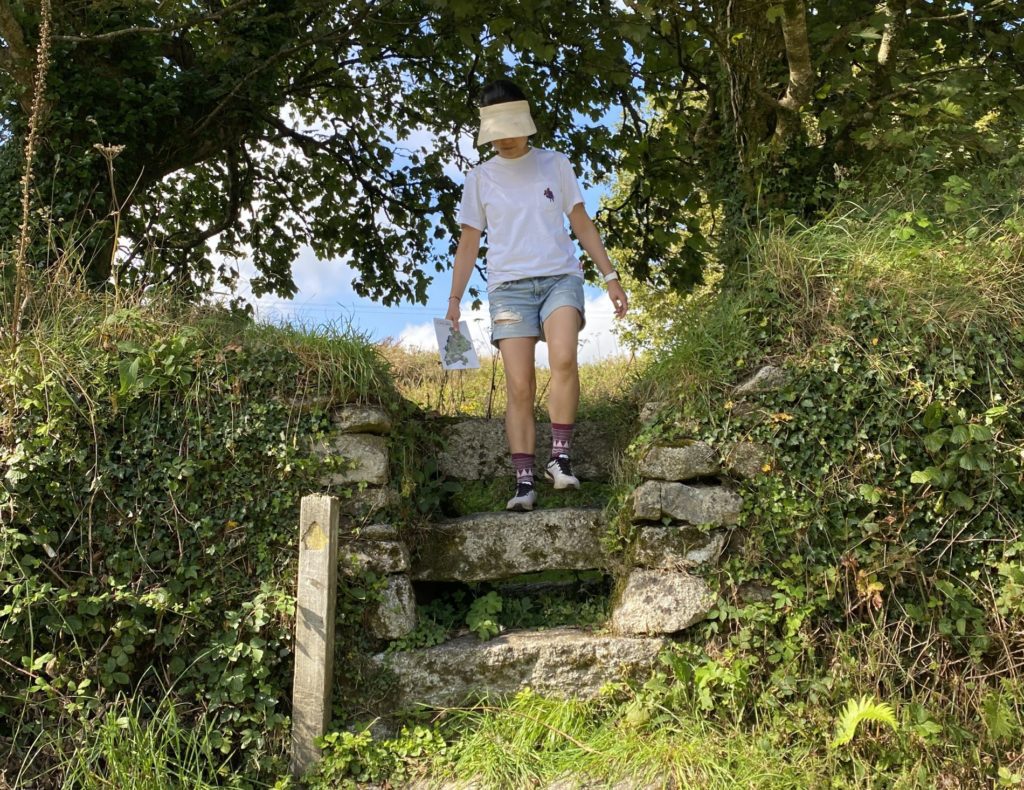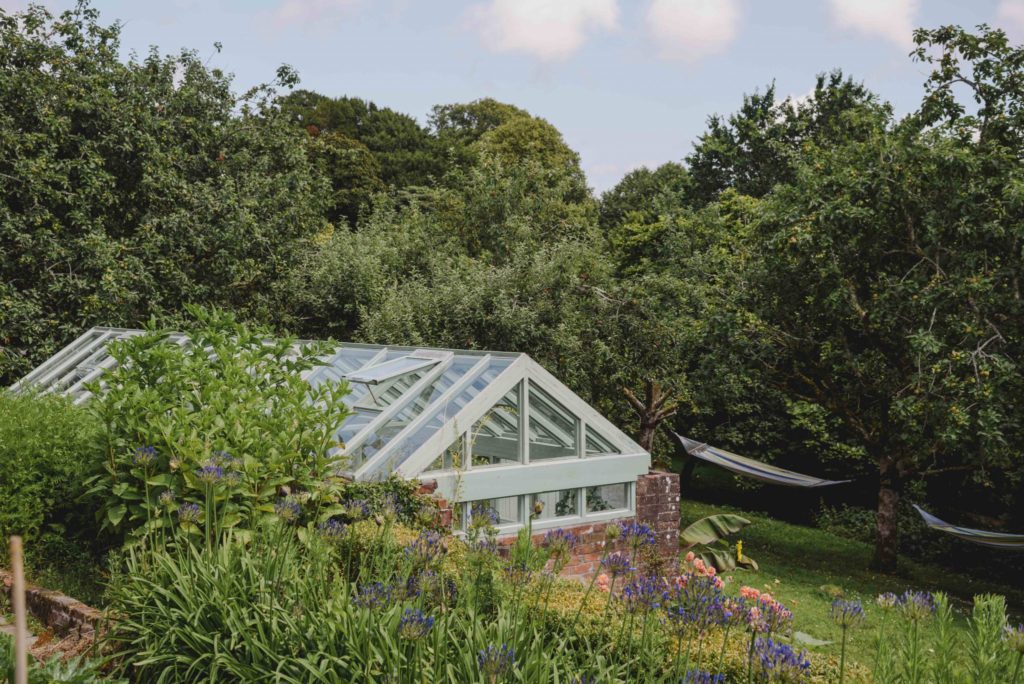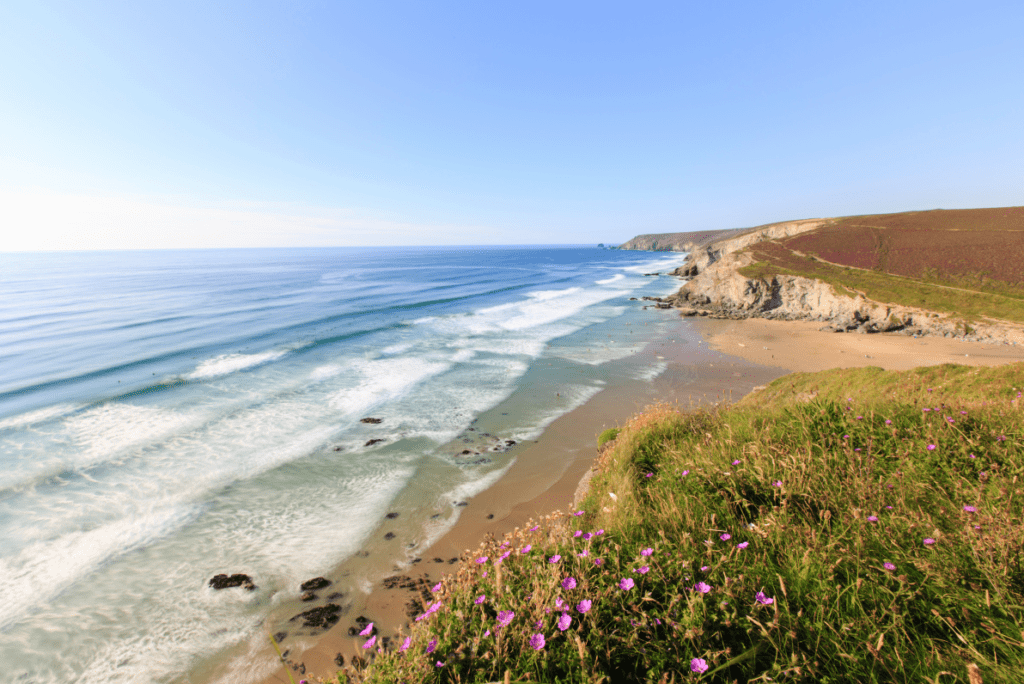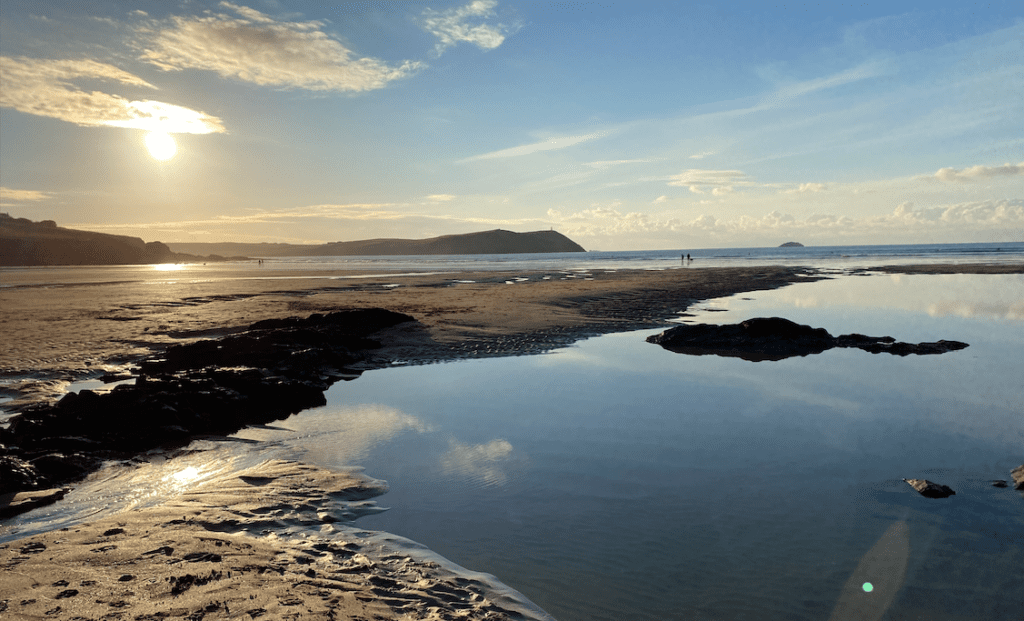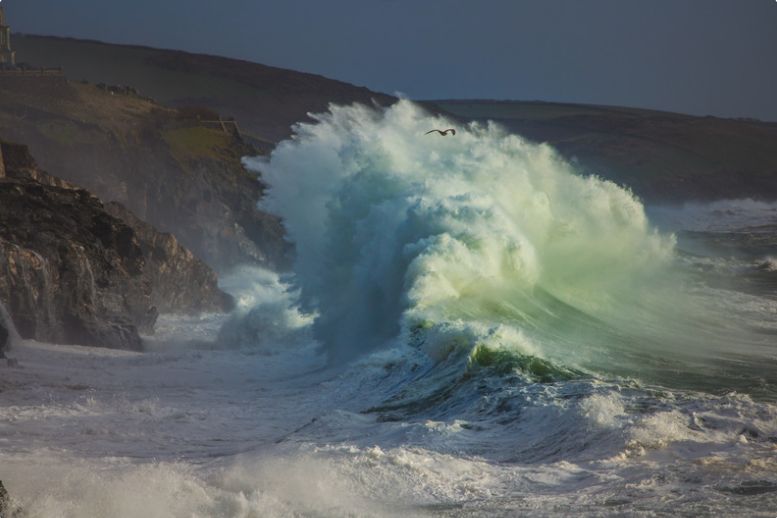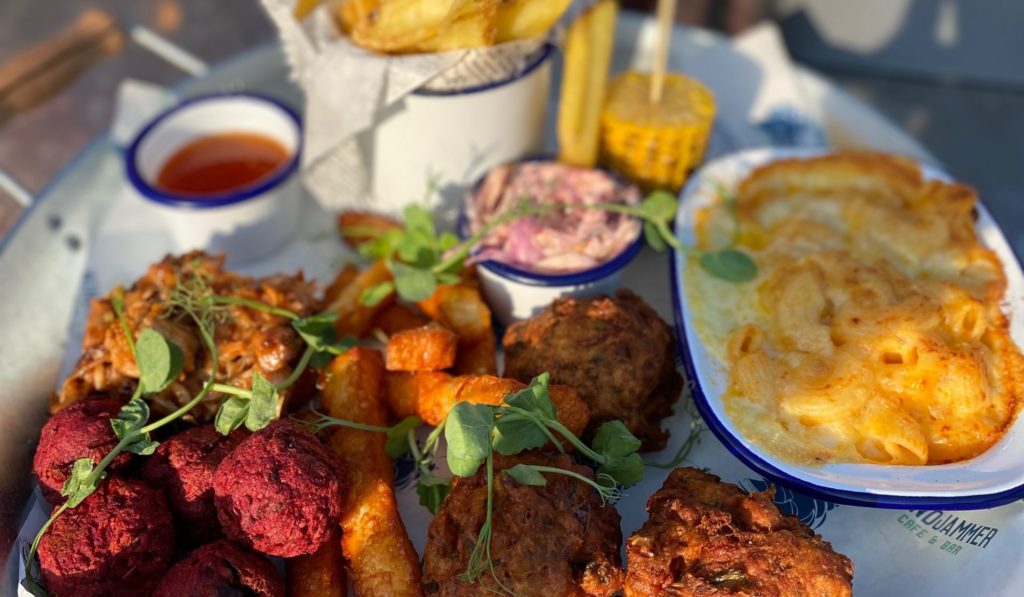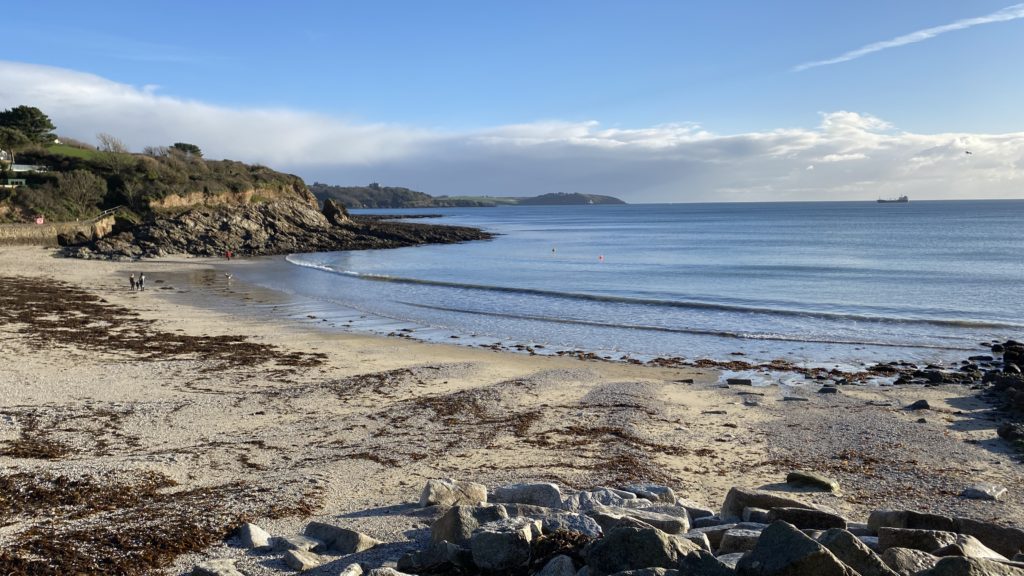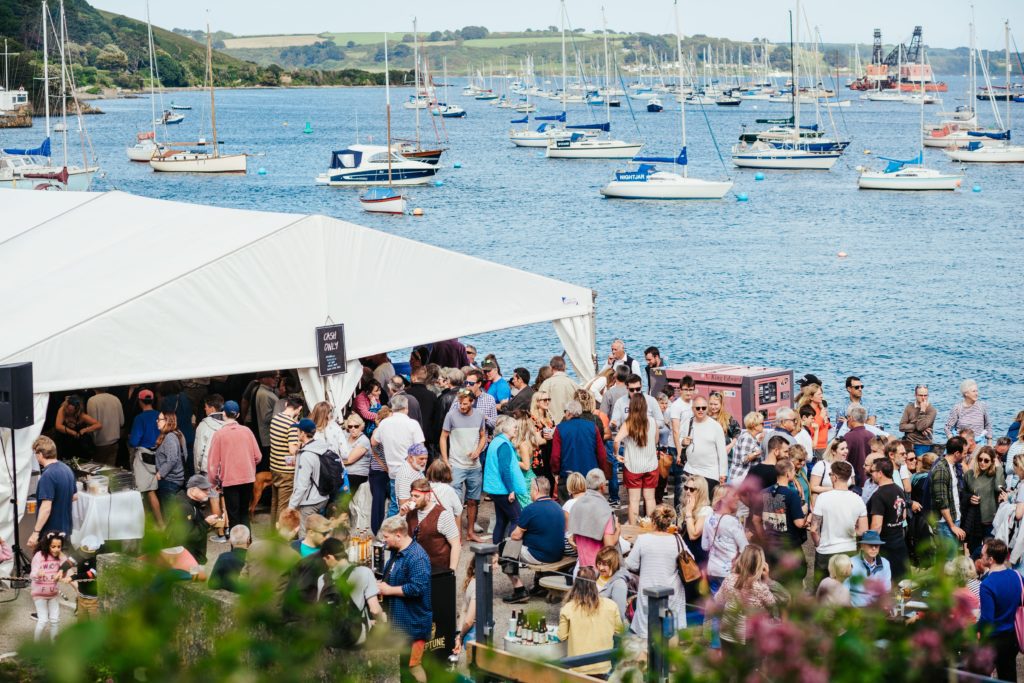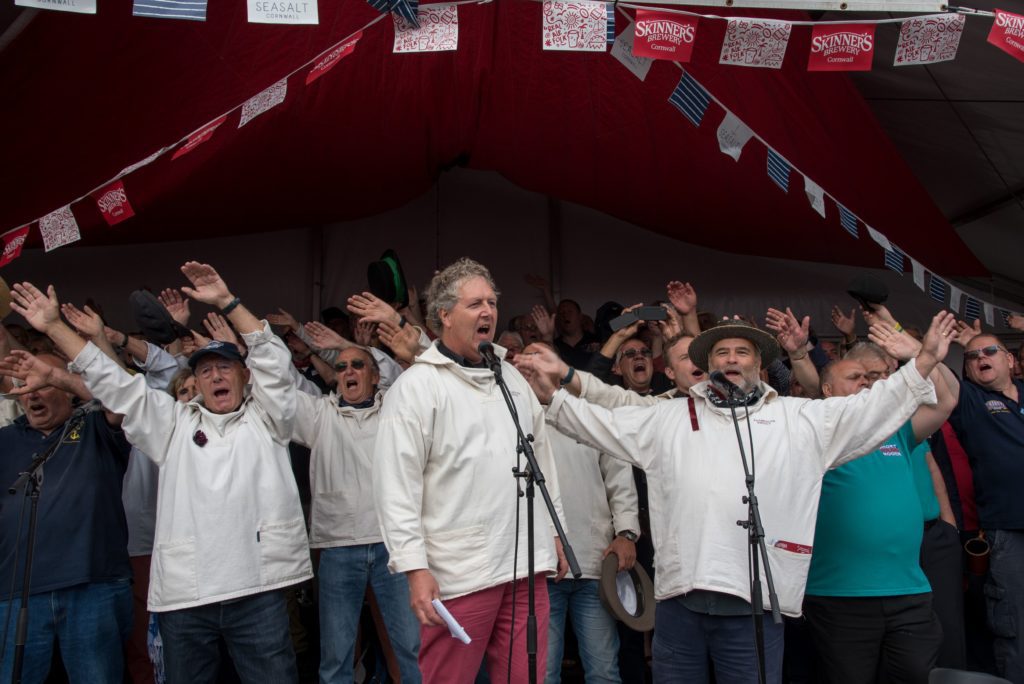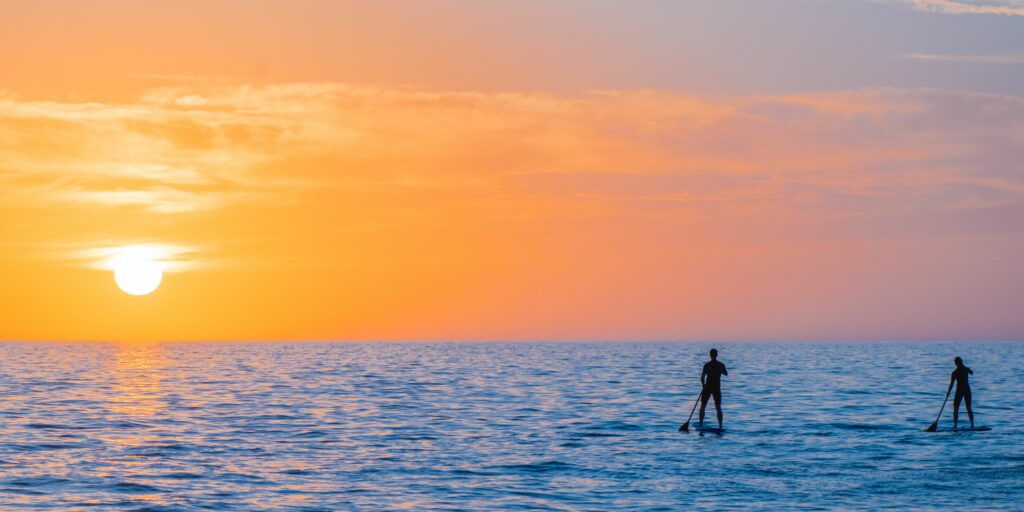I’ve been planning to hike the Lizard coast path for some time and in April was joined by a couple of companions plus our dog Spud to tackle the 35ish miles from Porthleven to Helford passage. The path would take us around the coast of one of Cornwall’s most beautiful areas.
We split the walk over 2 days, starting at Loe Bar just east of Porthleven, and ending at Bosveal, a couple miles east of Helford passage. What a spectacular couple of days it was, taking us along the towering cliffs of the western edge, around England’s most southerly point, and up through the lush woodland and sleepy villages along the Helford river.
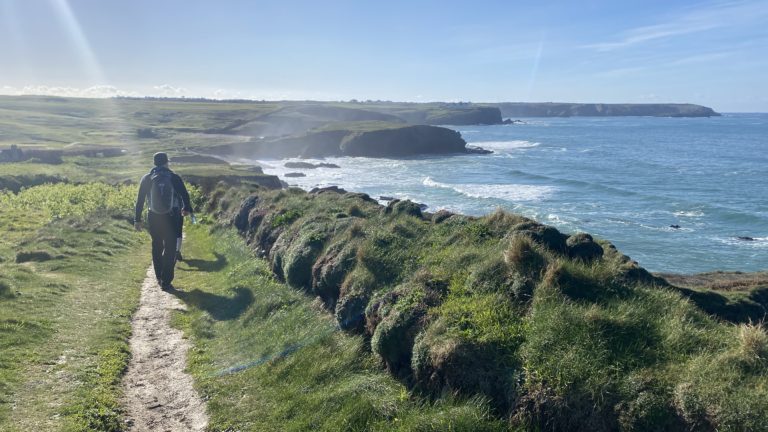
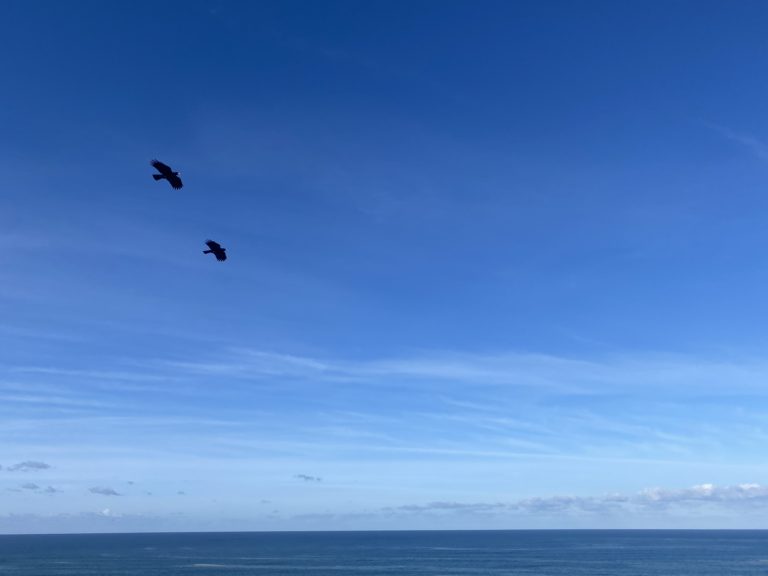
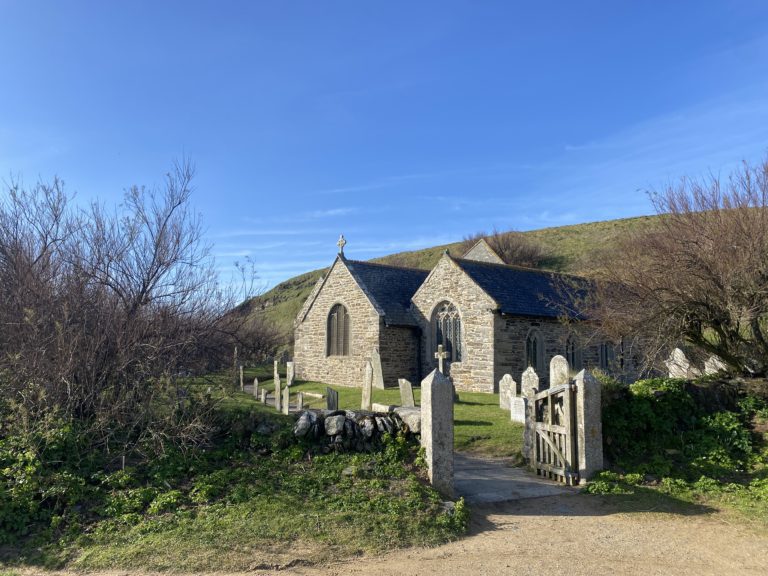
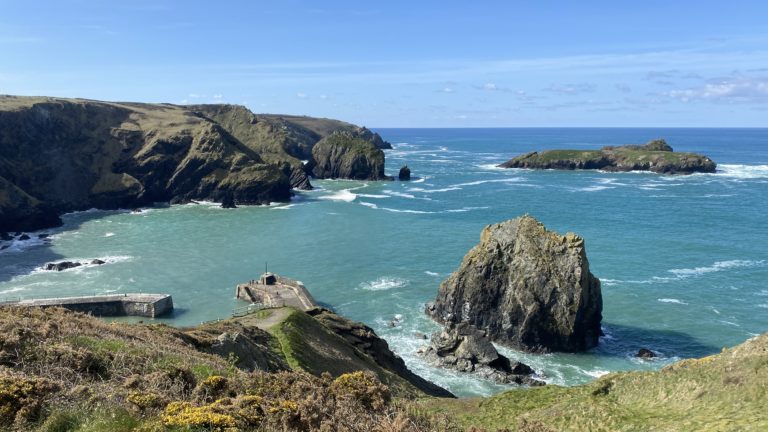
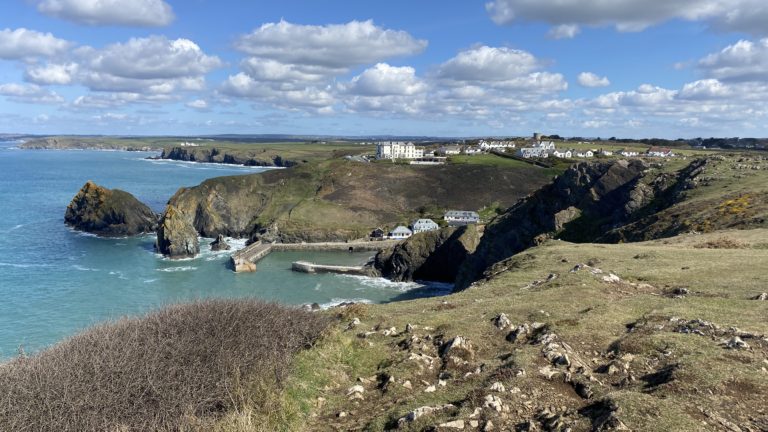
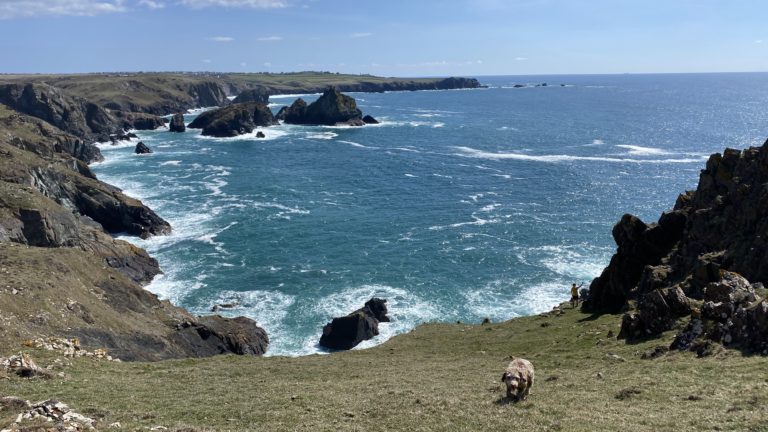
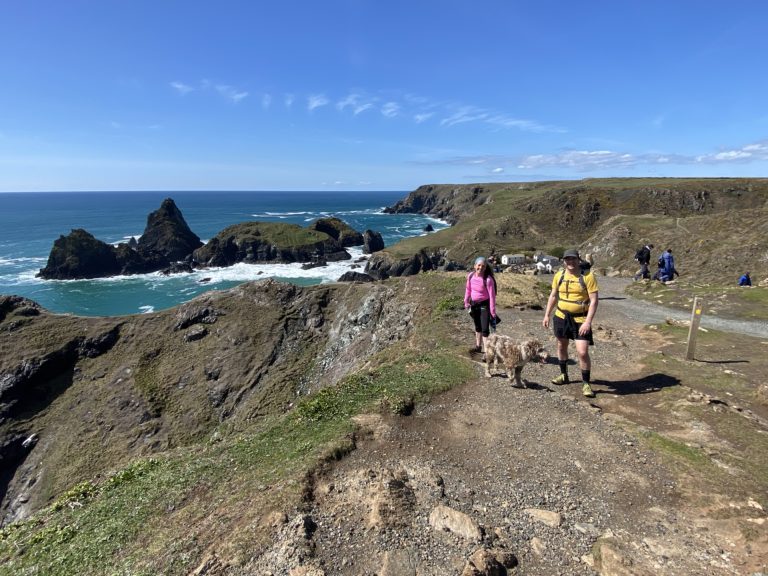
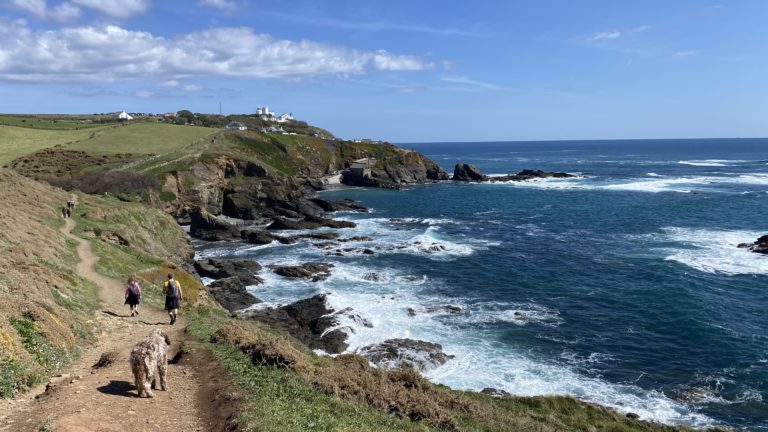
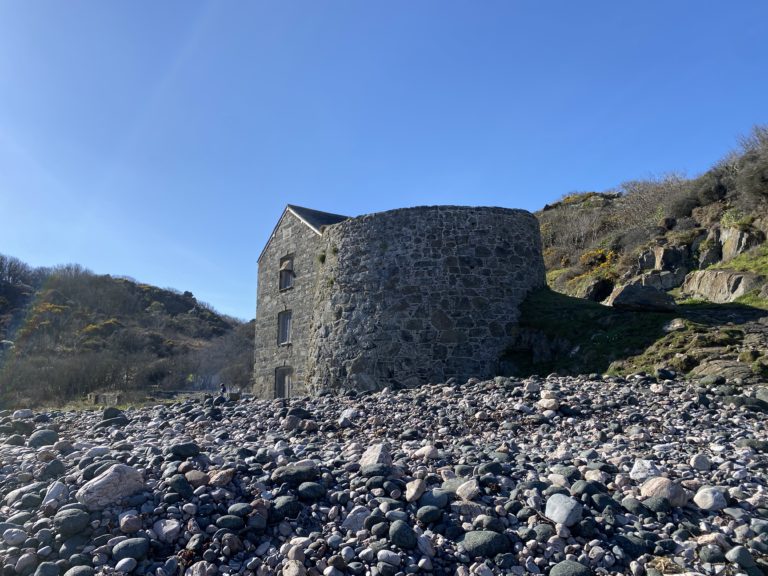
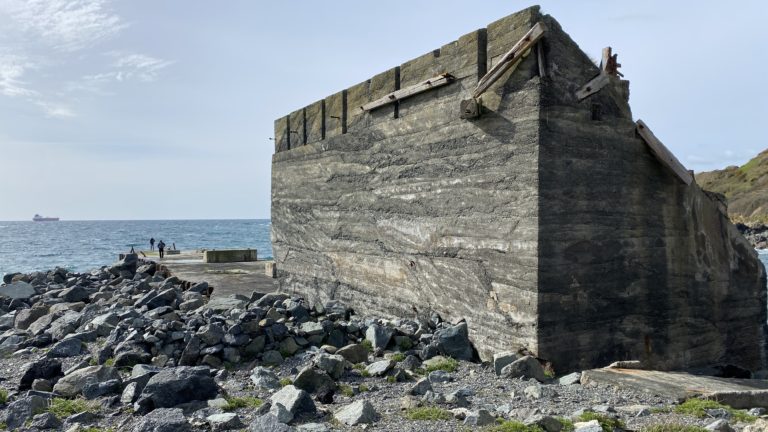
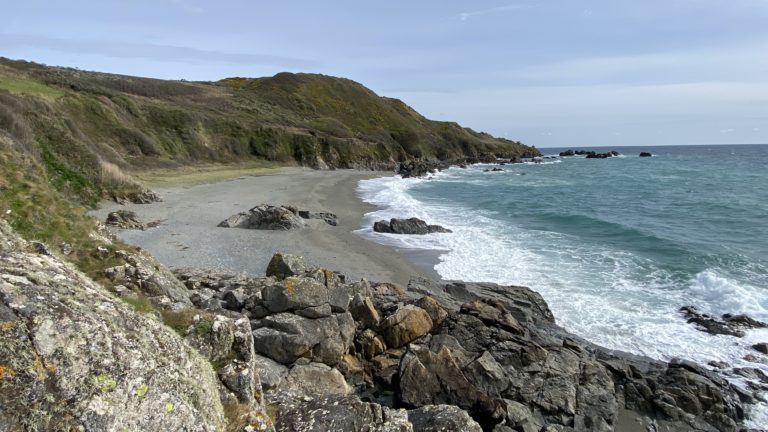
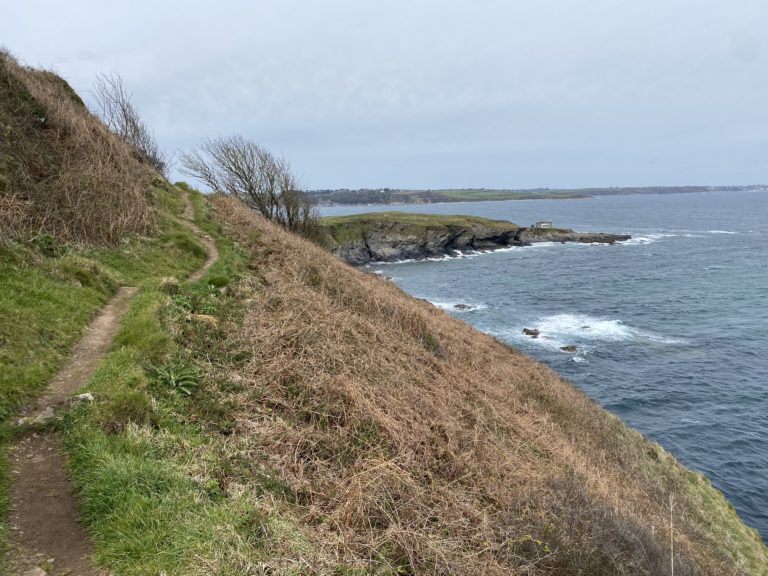
Love hiking? Trewena holiday cottages near Falmouth are the perfect base for exploring Cornwall on foot. Just 10 minutes from the centre of Falmouth and some of Cornwall’s finest hikes, you can choose from ‘Little Avalon’ our 1850s labourers cottage, or ‘The Pigsty’ our converted barn. We also have some lovely hikes right from our doorstep!


